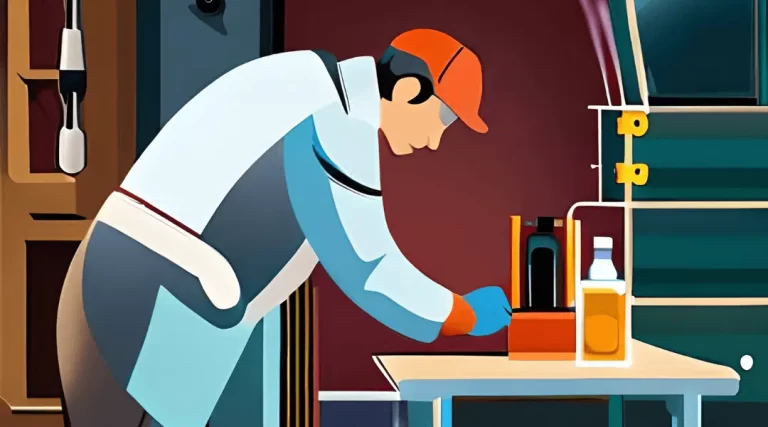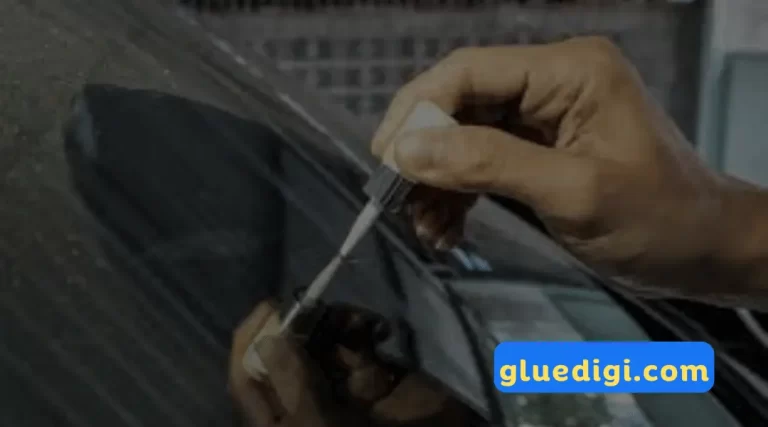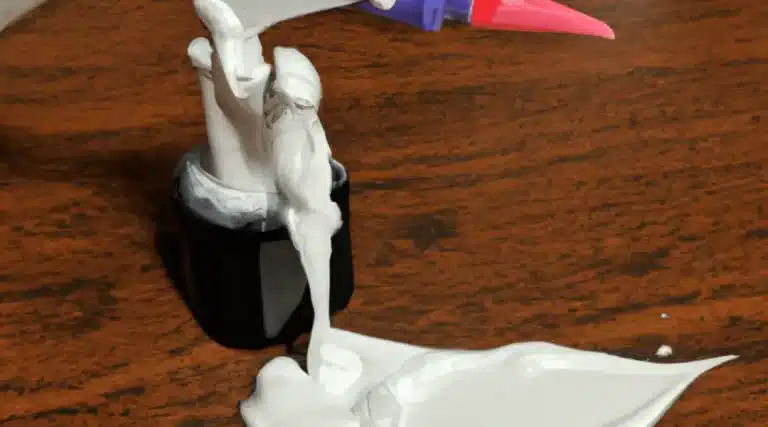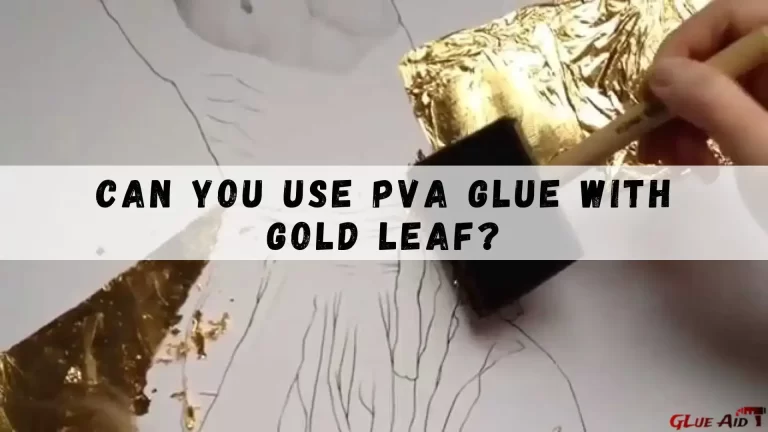Glue sticks are a common adhesive used for various purposes, including arts, woodworking, and DIY projects. They are easy to use, mess-free, and provide a strong bond. But have you ever wondered what they are made of? In this blog post, we’ll explore the materials used to make glue sticks and how they work.
What are Glue Sticks
Glue sticks are a type of adhesive that come in a cylindrical shape, similar to a chapstick or lipstick. They are made up of a solid adhesive material that is housed in a plastic container. Glue sticks are commonly used for arts and crafts, school projects, and household repairs. They are a popular choice for children’s projects because they are easy to use and less messy than liquid glue.
Glue sticks work by applying pressure to the solid adhesive, which then melts and creates a bond between the two surfaces being glued together. They are available in a variety of sizes, from small sticks for precise applications to larger sticks for bigger projects. Some glue sticks are also colorless, while others come in different colors to match the project being worked on.
Overall, glue sticks are a versatile and convenient adhesive option that can be used for a wide range of projects. Whether you’re working on a school project or repairing a household item, glue sticks are a reliable and easy-to-use choice.
What are Glue Sticks Made of?
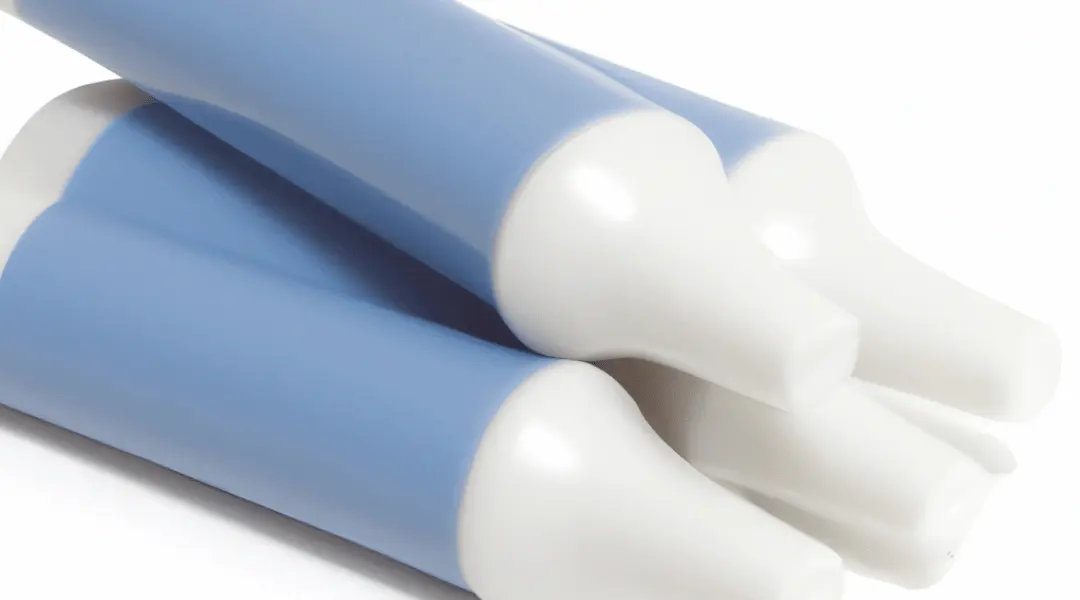
The Main Ingredient – Polyvinyl Acetate (PVA)
The main ingredient in most glue sticks is polyvinyl acetate (PVA). PVA is a synthetic polymer that is commonly used in adhesives because of its strong bonding properties. It is a water-based adhesive that dries clear and flexible.
PVA is also used in other products, such as paint, paper coatings, and textile finishes. It is a versatile material that is affordable and easy top.
When PVA is used in glue sticks, it is combined with other materials to create a solid form. Let’s explore these materials in more detail.
Wax
Wax is added to glue sticks to give them a solid form. The wax helps the glue stick maintain its shape and prevents it from melting too quickly. The type of wax used can vary, but commonly used waxes include paraffin wax, microcrystalline wax, and beeswax.
Paraffin wax is a petroleum-based wax that is commonly used in candles and cosmetics. Microcrystalline wax is a synthetic wax that is often used in the food industry as a coating for fruits and vegetables. Beeswax is a natural wax that is produced by honey bees and is often used in cosmetics and candles.
Resins
Resins, which can be natural or synthetic and typically derived from plants or trees, are included in glue sticks to enhance their adhesive properties. They help the glue stick form a stronger bond with surfaces, resulting in a better hold.
Commonly used resins in glue sticks include rosin, a natural resin derived from pine trees, and synthetic resins, such as styrene-butadiene rubber (SBR) and ethylene-vinyl acetate (EVA).
Filler Materials
Glue sticks may contain filler materials like talc, calcium carbonate, and kaolin clay to enhance their properties and lower production costs. These materials provide additional bulk to the glue stick, thereby enhancing its texture and strength.
How to Glue Glass to Wood
Plasticizers
The Plasticizers are added to glue sticks to make them more flexible and less brittle. They can include materials such as glycerin, sorbitol, and propylene glycol. These materials help the glue stick bond to surfaces expand or contract, such as paper or fabric.
Preservatives
Preservatives such as sodium benzoate and potassium sorbate are often added to glue sticks to prevent spoilage and inhibit the growth of mold or bacteria.
Top Tips On How to Glue Metal to Glass
Colorants
To enhance the visibility of glue, colorants like pigments and dyes are added to glue sticks. This is especially useful for artistic and craft projects.
Additional Tips
When using glue sticks, it’s important to follow some basic guidelines to ensure the best results:
- Apply the glue evenly to the surface.
- Press the surfaces together firmly.
- Allow the glue to dry completely before handling the project.
- Store glue sticks in a cool, dry place to prevent melting or spoiling.
How to Glue Rubber To Glass A Comprehensive Guide
Conclusion
Overall, conclusion, glue sticks are a popular and convenient adhesive tool used for various purposes, from crafting to office work. These sticks are made of a combination of synthetic polymers, resins, and waxes, which are melted and mixed together to form a smooth and easy-to-use adhesive. The exact composition of glue sticks may vary depending on the brand and type, but most contain non-toxic ingredients that are safe for use by both adults and children. Overall, glue sticks are an excellent choice for those who need a reliable and mess-free adhesive solution for their projects.

